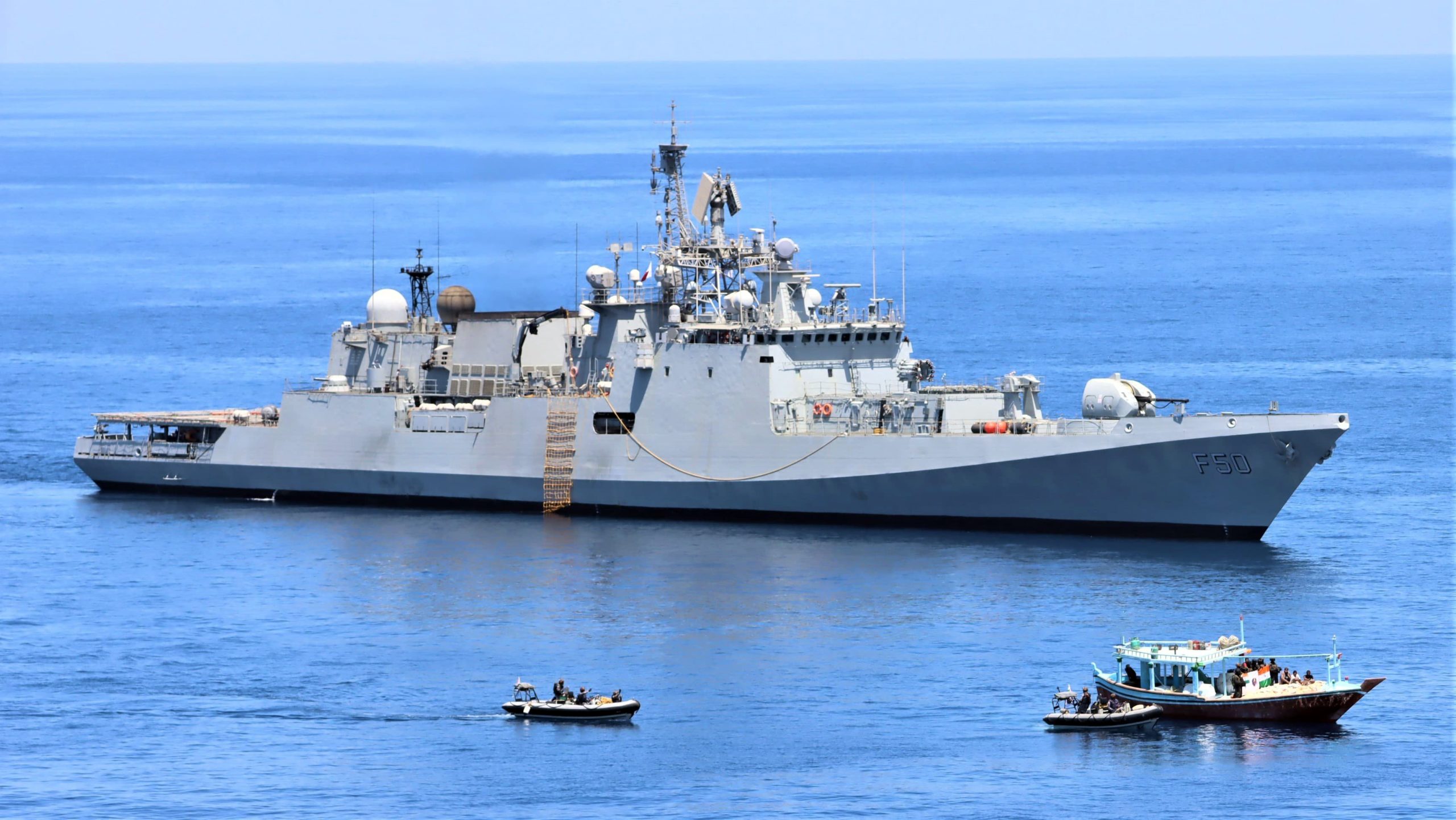India’s ports, shipping, and waterways sectors have undergone a remarkable transformation over the past 11 years under the leadership of Prime Minister Narendra Modi. With a firm push towards multimodal logistics, green shipping, and global maritime integration, the Ministry of Ports, Shipping and Waterways has played a pivotal role in strengthening India’s infrastructure vision for Viksit Bharat@2047.
The recently inaugurated Vizhinjam International Deepwater Seaport in Kerala, built at a cost of Rs 8,800 crore, marks a major milestone. As India’s first dedicated container transshipment port, it is designed to handle the world’s largest cargo ships and significantly reduce dependence on foreign ports. Other key projects include the New Dry Dock at Cochin Shipyard Limited and the International Ship Repair Facility—Asia’s largest—which together bolster India’s shipbuilding and repair capabilities. The Jal Marg Vikas Project, enhancing inland navigation along the Ganga, is also a notable step toward cost-effective cargo transport.
Several major projects are progressing rapidly, including the Rs 76,000 crore Vadhvan Deep Draft Port and a new container terminal at Tuna Tekra in Gujarat. Paradip Port’s Western Dock Project and green hydrogen hubs at Kandla, Tuticorin, and Paradip reflect the Centre’s commitment to sustainability and innovation.
Flagship initiatives like the Sagarmala Programme, launched in 2015, have evolved into Sagarmala 2.0, with an ambitious vision for shipbuilding, port modernization, and coastal economic zones. With a projected investment of Rs 12 lakh crore over the next decade and Rs 40,000 crore budgetary support, it aims to drive job creation and reduce logistics costs. Complementing this, greening efforts include the Harit Sagar and Harit Nauka guidelines and the Green Tug Transition Programme, which collectively promote alternative fuels and eco-friendly practices across ports and inland waterways. The launch of the India-Singapore Green Shipping Corridor further cements India’s leadership in maritime sustainability.
To improve efficiency, the government rolled out the “One Nation One Port Process” for documentation standardization, reducing paperwork and improving port turnaround. Between 2014 and 2025, India’s port capacity has nearly doubled to 2,762 MMTPA, with cargo handling rising to 1,594 MMT. Vessel turnaround time dropped significantly from 93 to 49 hours, and annual net surplus surged from ₹1,026 crore to ₹9,352 crore.
India’s shipping sector has also seen strong growth, with Indian-flagged ships increasing to 1,549 and seafarer strength rising to 3.2 lakh, including a tenfold increase in women seafarers. Coastal shipping cargo volumes nearly doubled, and new maritime routes were launched with Maldives and Sri Lanka.
Inland waterways, once underutilized, now carry 146 MMT of cargo, up 710% from 2014, and serve more than 7.5 crore ferry and Ro-Pax passengers. National Waterways notified increased from just 5 in 2013-14 to 111 by 2016. River cruises and lighthouse tourism have also seen exponential growth, including the successful Ganga Vilas cruise from Varanasi to Dibrugarh.
The government’s vision includes heritage preservation too. The Cabinet approved new phases of the National Maritime Heritage Complex in 2024, including the world’s tallest Lighthouse Museum. Changes to the Productivity Linked Reward Scheme for port workers were also cleared.
On the international front, India signed over 21 MoUs with countries like Norway, UAE, South Korea, and Bangladesh. A landmark 10-year agreement was signed with Iran to operate the Shahid Beheshti Port at Chabahar, giving India strategic access to Central Asia. The India-Middle East-Europe Economic Corridor (IMEC), launched during India’s G20 presidency, promises to revolutionize regional trade by reducing logistics costs by 30% and transit time by 40%.
Together, these developments underscore India’s emergence as a modern maritime power, poised to lead regional and global trade in the coming decades.










